Special Report
The Navy's Hidden Arsenal: Submarines and Underwater Military Tech of Today

Published:
Last Updated:

The terrors of the sea, the unseen fleets, the danger lurking just offshore. Few things bring to mind the frightful reality of the Cold War and modern naval combat more than submarines.
Even with the technology we have today, it is still hard to detect and even harder to destroy submarines whose entire purpose (and success) rests on their ability to remain undetected until they attack.
For this article, we will highlight some of the technology that make modern-day submarines as successful and as terrifying as they are. We will focus primarily on the technology of the submarines used by the United States Navy, but will include technology from other nations when it is relevant. Here is the Navy‘s submarine technology.

Research into submarine technology first began in the 1500s and continued without any real significant military application until the 20th century with the invention of the torpedo. The need for human muscle to steer and power a submarine also limited their usefulness. It was only after the invention of the diesel engine and electric battery technology in the late 1800s that submarines could submerge and navigate underwater with any kind of reliability. It wasn’t until the Russo-Japanese War that the first submarine fleet was created, and during World War I submarines finally made a significant impact on the war effort, forever solidifying their place in navies for the foreseeable future.
The first cruise missile launched from a submarine was in 1953, around the same time that nuclear power began to replace diesel-electric engines in submarines.
The first submarine to sink an enemy vessel was the H. L. Hunley of the Confederacy which sank the USS Housatonic in 1864. The Hunley used a keg filled with gunpowder secured to a spar as a torpedo. The resulting explosion’s shock wave instantly killed the crew of the Hunley as well as sink the Housatonic, so the submarine sank along with its victim.
The oldest known surviving submarine in the world is Wilhelm Bauer’s Brandtaucher, which was built in Germany in 1850.

Like other branches of the United States military, the Navy has prioritized stealth in recent decades. For this reason, all the submarines in the Navy are nuclear-powered. These nuclear submarines are divided into three types: guided missile submarines, attack submarines, and ballistic missile submarines.
Guided missile submarines and attack submarines have largely the same responsibilities and capabilities. They usually engage in surveillance, intelligence, special operations, precision strikes, and generally maintaining control of the seas and projecting power in foreign waters. These are the submarines that will engage in battlegroup operations and missions, sinking enemy ships and submarines, assisting fleet engagements, launching missiles, and participating in special operations.
Ballistic missile submarines are the stealthiest vehicles in the Navy and have only one job: carry, maintain, and launch Trident nuclear missiles.
There are four classes of submarine the Navy uses to fill these roles. The Los Angeles Class (of which there are 29 in service) is used for the fast attack submarine role. The Ohio Class (of which there are 18 in service) is used for the ballistic missile submarine role (14 boats) and guided missile submarines (4 boats). The Seawolf class (3 in service, used as fast attack submarines). And, finally, the Virginia class with 19 boats in service, used as fast attack submarines. The Los Angeles class is by far the most numerous nuclear-powered submarine in the world.
Each of these classes include different technology and capabilities that change based on the submarine’s role.
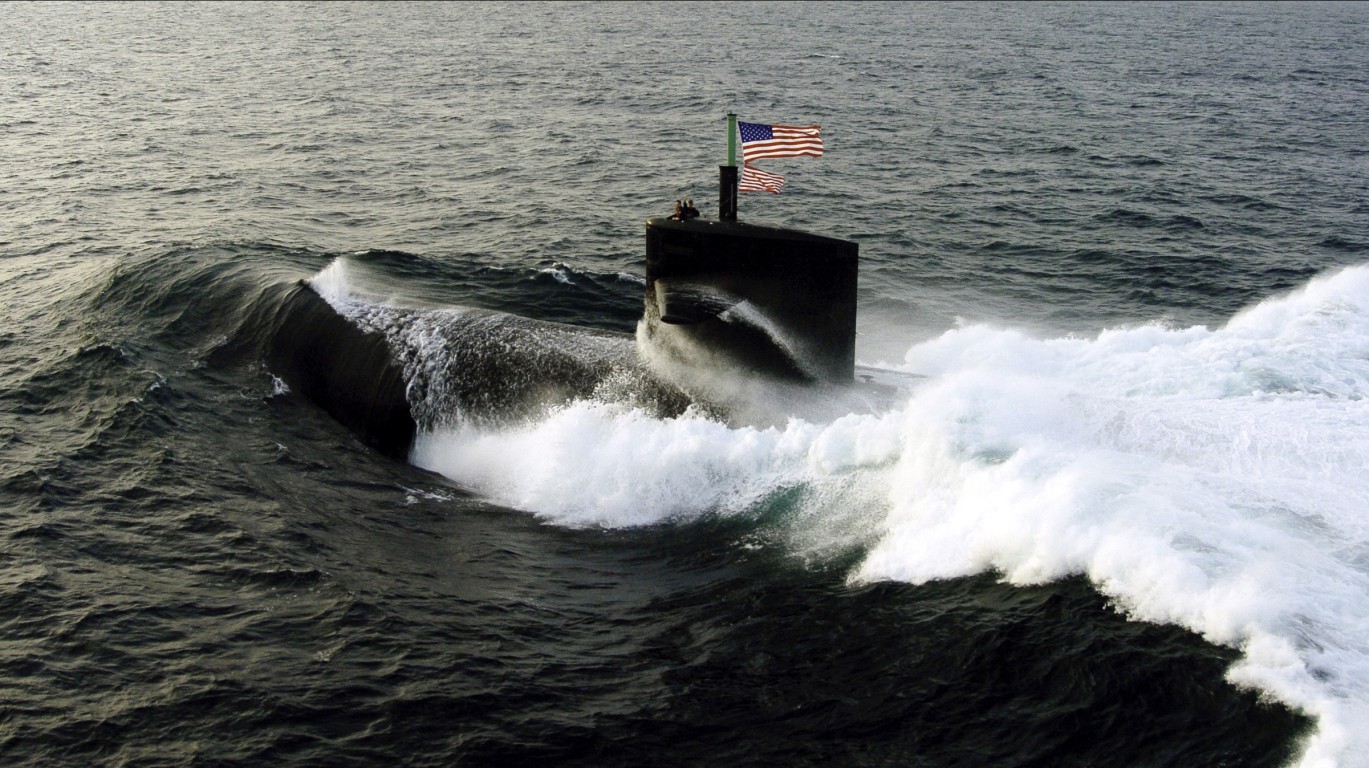
Submarines used to have to surface on a regular basis in order to communicate, circulate air into the ship, and more. Because of the time they spent on the surface, their hulls were an adaptation of ship hulls, which allowed them to maneuver more easily. However, with the advent of nuclear power, ships are now able to stay underwater almost indefinitely, so they no longer have to surface, and so their hulls have become cigar-shaped, or are called “teardrop hulls”. These hulls are much stronger and can withstand the extreme pressure of the ocean depths much better than other shapes, but it makes submarines less efficient at maneuvering at the surface.
Most submarines have used two hulls in their construction, and the subs today sometimes incorporate both hulls into one single form. The outer hull is used for maneuverability and navigation in the water, while the inner hull is used to protect the insides and resist the pressure of the ocean.
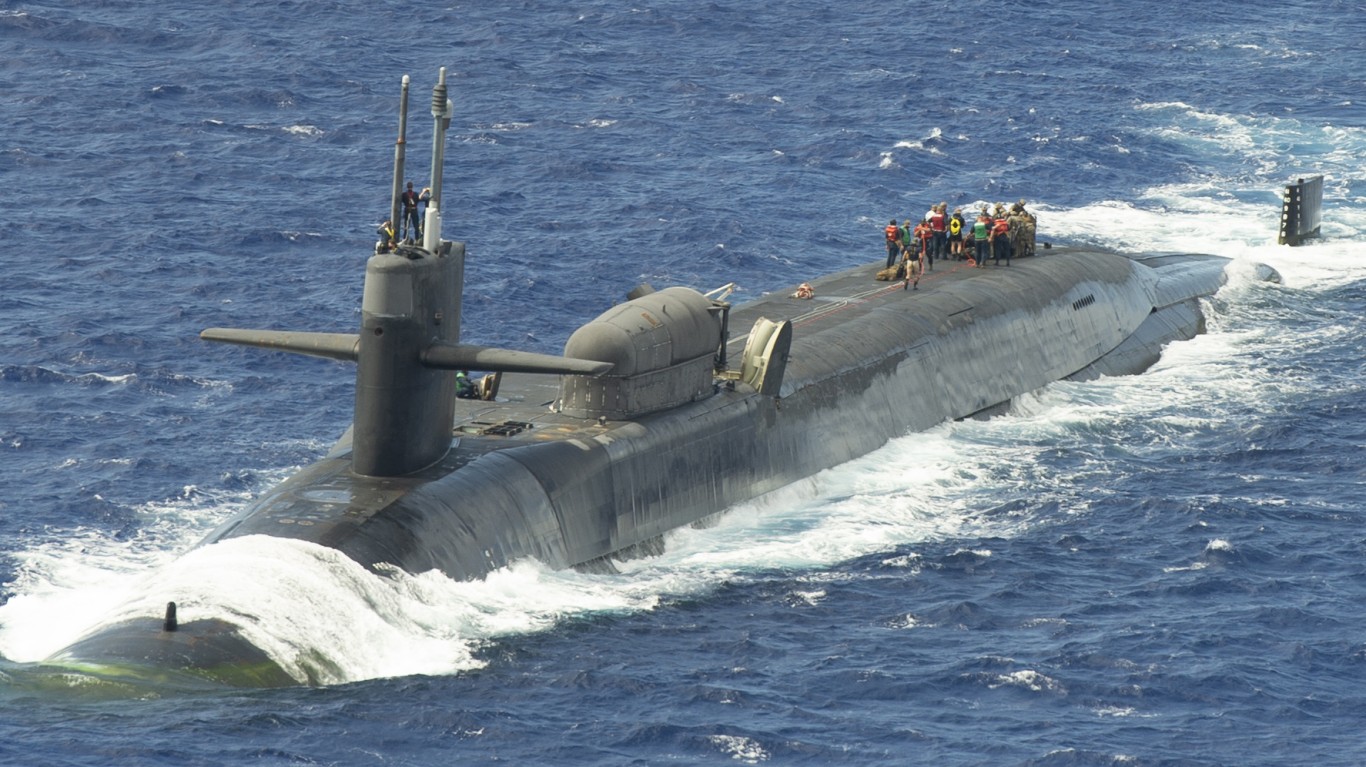
Nuclear reactors are big, loud, and expensive, so smaller submarines continue to use diesel-electric engines. The United States has transitioned to an entirely nuclear fleet.
The power of a submarine is directly connected to the propulsion of the submarine, like the engine of a car, so there is no separating the two — submarines still need to navigate under water even if there is no electricity (for lights, radar, or life support) inside the submarine that needs to be generated. The first submarines (or submersibles) were powered by humans, then gasoline, and then diesel-electric engines. With the advent of nuclear power, submarines now use steam-powered engines with a nuclear reactor turning a turbine which powers and propels the submarine with steam.
With nuclear power, a submarine doesn’t have to resurface for air, since the oxygen in the submarine can be recycled and clean water can be distilled from the ocean water. The only limiting factor for how long a submarine can stay submerged is how much food it can carry. A nuclear submarine can circumnavigate the globe completely underwater and undetected before returning for resupply.
The only drawback to nuclear power is that they generate significant noise and their cooling water creates a detectable heat plume behind and around the submarine.
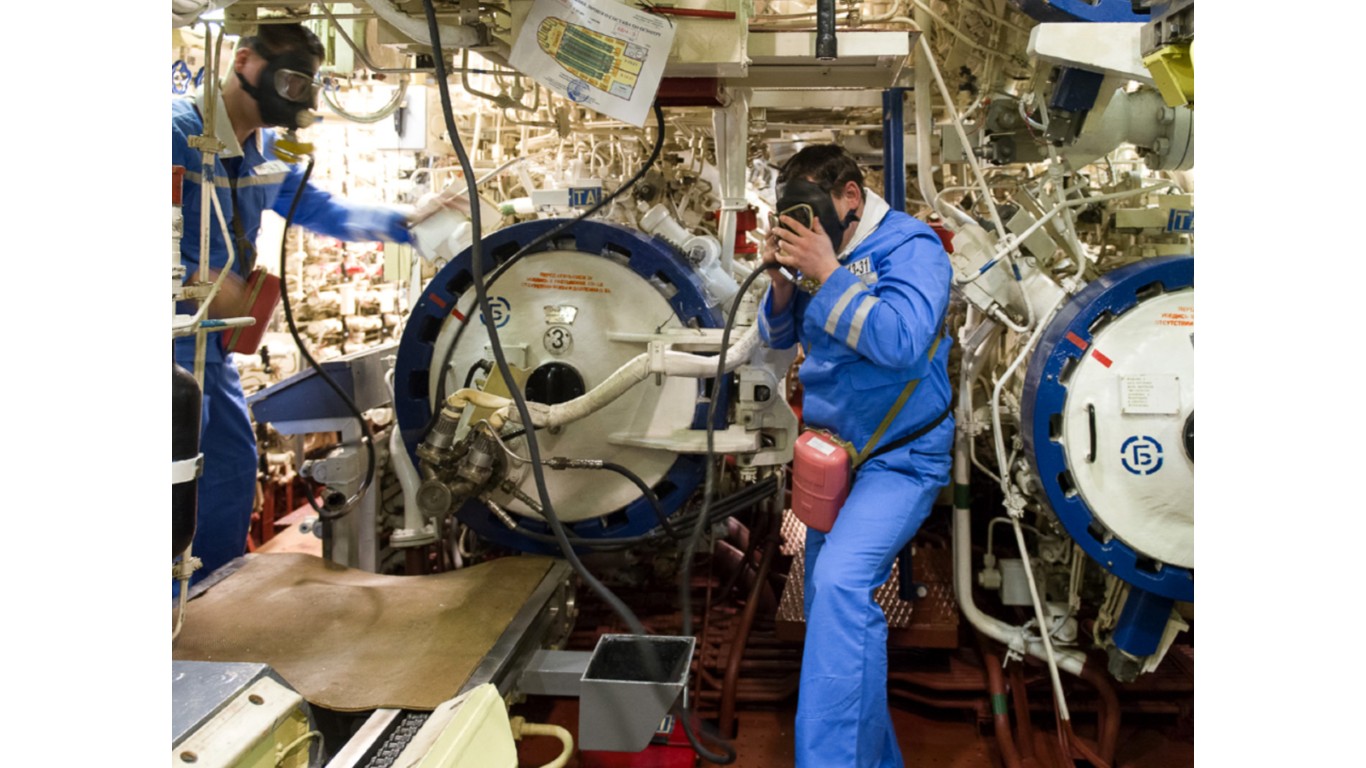
Submarines today would not exist (or at least they would be near-useless in battle) without the invention of the torpedo. The success of the modern submarine is entirely dependent on the torpedo as an underwater weapon.
The torpedo was invented in 1866 and has remain essentially the same ever since. Submarines during WWII could only hold about 20 to 25 torpedoes, and most targeting was done by eye or with rudimentary analog computers. Today, the technology has advanced to allow for more reliable targeting and more powerful warheads, but the basic principle of the torpedo remains the same. Modern torpedoes are guided, and are the primary tool attack submarines use to engage other submarines.

It was only after World War II that the United States and the Soviet Union began to fit submarines with cruise missiles. Initial weapon systems could only be fired from the surface, making the submarine vulnerable as it fired. However, today’s submarines can fire their missiles while still underwater. Cruise missiles are used to engage surface ships or land targets. They are loaded and fired from a submarine’s torpedo tubes.

SLBM stands for submarine-launched ballistic missile, which is the submarine version of the nuclear ICMB. The ballistic missile submarine is the only vehicle that carries and can fire these weapons. They do not engage other submarines or ships. Instead, they are equipped to remain undetected and nearly invisible for one purpose: nuclear deterrence and second-strike capabilities.
Those who own ballistic missile submarines have been extremely vocal about them and their capabilities. They do this because that is part of their job: to deter other powers from considering using nuclear weapons. Because, in the event the United States, for example, is completely obliterated in a nuclear exchange, there will be several submarines equipped with SLBM whose only job is to launch a second strike.
Unlike cruise missiles, SLBMs are launched from vertical launch tubes, but can still be launched underwater. In the United States and the United Kingdom, the submarines equipped with SLBMs are called bombers.

Modern submarines use both active and passive sonar to locate targets and avoid obstacles. The classic “ping” often associated with submarines only occurs when the vehicle engages its active sonar. This “ping” is extremely loud underwater and has been known to kill fish and disorient whales when used. Therefore, it is rarely used, and never employed during combat, since it would immediately reveal the submarine’s presence and location to enemies. Passive sonar, on the other hand, makes no sound. It uses extremely sensitive hydrophones in the submarine’s hull or towed behind the vehicle to map the surroundings.
Submarines also use radar if they need to detect aircraft and ships on the surface. However, like active sonar, radar can be detected, even beyond the range of the device itself. So, in order to remain undetected, submarines will not use it in combat situations.
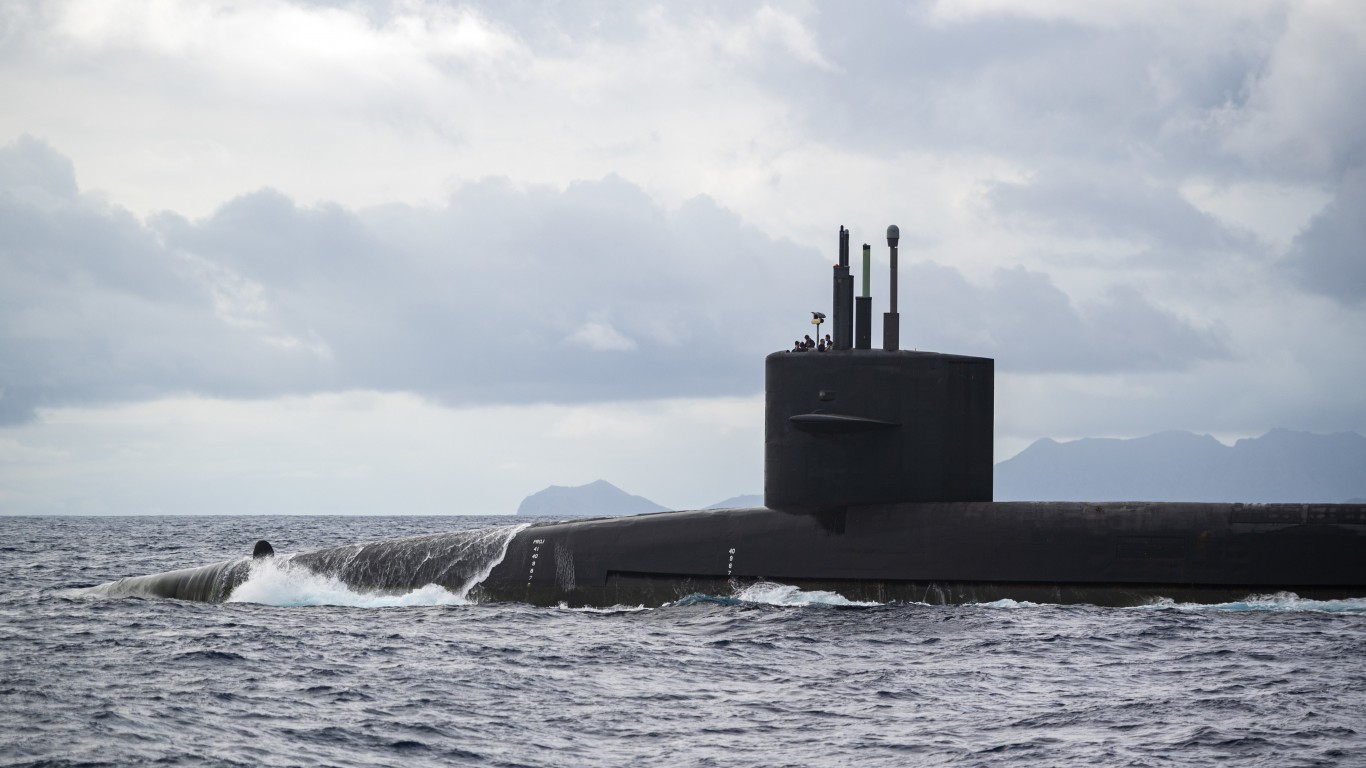
Submarines use a vast array of sensors and systems to help them navigate safely in the dark depths of the ocean. The most important of these are the inertial guidance system and GPS.
Surprisingly, modern submarines are still equipped with a visual periscope, but it is rarely used since visual range is short and other sensors can be sent up to gather more accurate and useful data. It remains useful to have a periscope with sensitive sensors (like laser range-finders, infrared, and visible light equipment) because while the submarine remains underwater it is still much more difficult to detect visually and by radar.
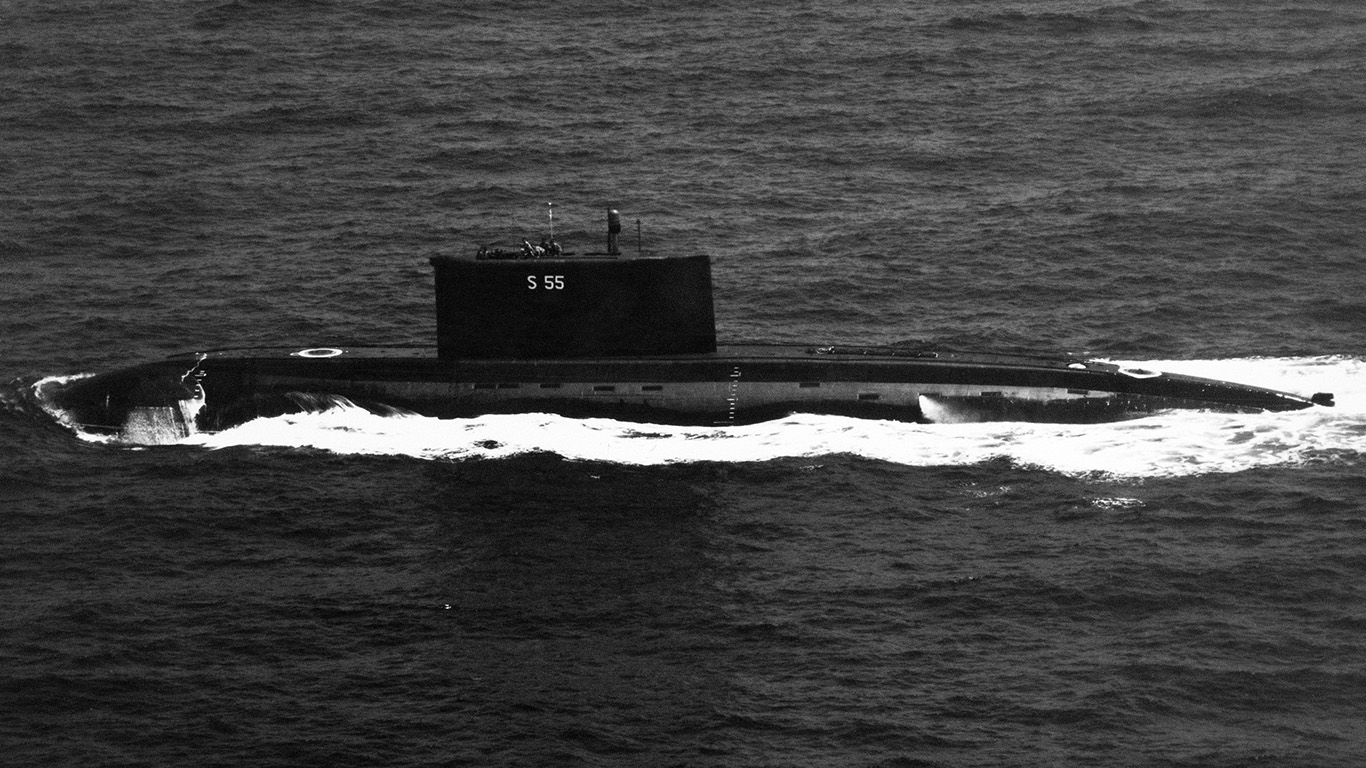
Despite the tremendous advancement in technology, submarines still need a crew to function properly. This is especially true in ballistic missile submarines where the launch of SLBMs cannot (and should not) be trusted to a computer. In order to keep the crew alive underwater for months at a time, modern submarines employ a sophisticated system of systems to keep them alive and sane.
The majority of modern submarines can create breathable oxygen through the electrolysis of fresh water in a machine called an Electrolytic Oxygen Generator. In an emergency where the machine breaks and the submarine can’t surface quickly, crew can burn sodium chlorate candles which generate oxygen. Carbon dioxide scrubbers are used to remove carbon dioxide from the recycled air which is then pumped outside the submarine.
Interestingly, the oxygen within a submarine is usually kept at a lower level than normal air on the surface to help reduce the risk of fire on the ship.
Submarines produce clean water using an evaporator or through a reverse osmosis machine. The most important use of clean water is for the reactor and steam propulsion engines. After those needs have been met, the crew may use the remaining water for showers, cleaning, cooking, and drinking. Blackwater and grey water are both pumped overboard.

Speaking of crew, modern nuclear submarines usually have about 80 sailors aboard, while most ships on the surface have around 40.
Life aboard a submarine is difficult because the space is extremely cramped and economical and crew must work for long hours without fresh air, sunlight, family contact, and other general joys of being alive that we take for granted every day, like privacy.
Submarines usually operate in radio silence, even during peacetime, limiting a sailor’s contact to what is happening in the outside world. Also, submarines are among the most dangerous vehicles for humans to operate, and many are lost in accidents outside of combat, adding significant stress to an already difficult job.

Submarines in general rarely communicate with the outside world. In order to maximize their stealth capabilities, submarines limit the amount and type of communication they transmit. However, there is always a need for some type of communication.
The tools submarines use for communication include VLF (very low frequency) radio, ELF (extremely low-frequency radio), burst transmissions, and a Gertrude system.
VLF radio is used to communicate with other submarines at or near the surface of the ocean. A submarine can communicate with VLF radio when submerged no deeper than 250 feet. ELF radio can reach submarines much deeper than that and is only used to call a submarine back up to a shallower depth so that a VLF radio can be used.
Burt transmissions are high-frequency radio messages transmitted for only a fraction of a second using a radio mast. This limits the amount of data being transmitted at any time and makes it hard to trace the source of the signal if it is ever detected at all.
A Gertrude system involved using the sonar system as an underwater telephone. One submarine will transmit a voice message through speakers to the outside of the submarine which can be picked up by sonar equipment nearby. The range is very short and can be detected by anybody in the area.
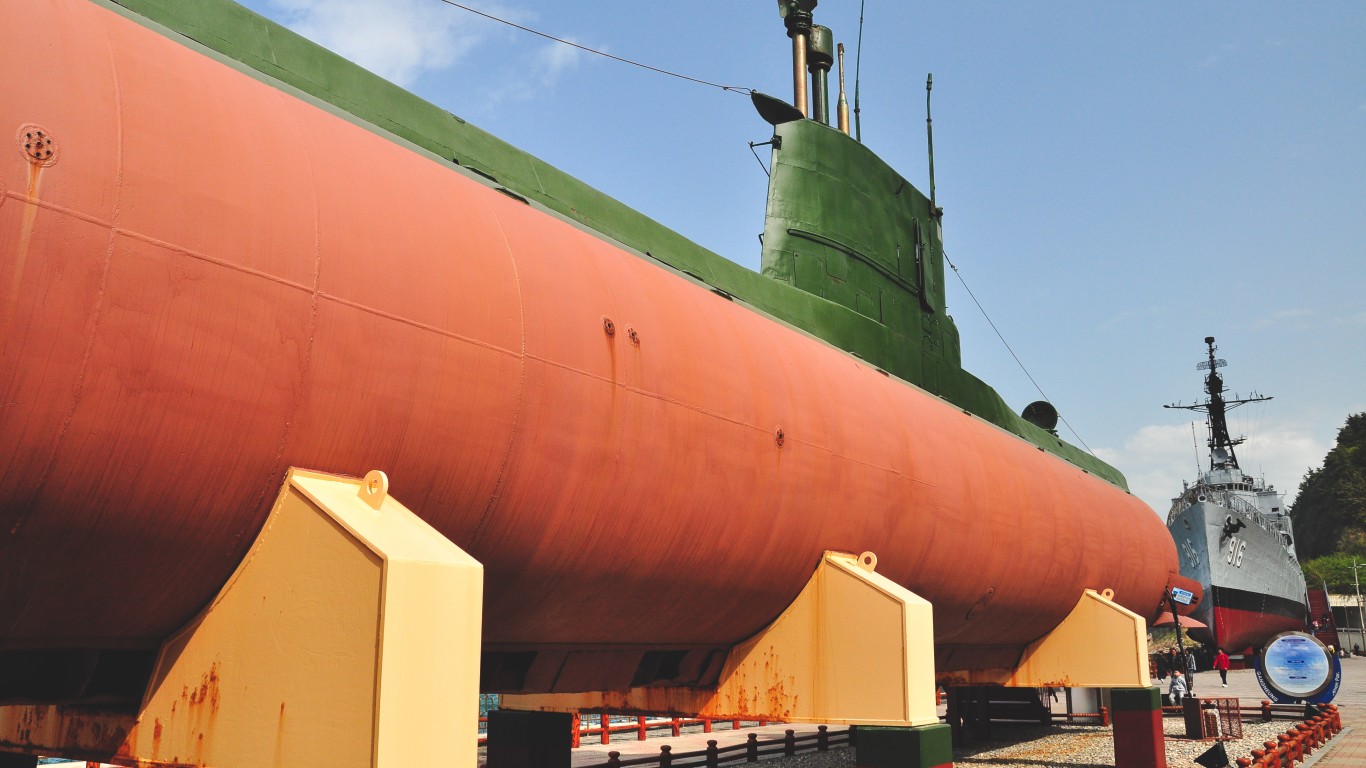
Nuclear submarines have three sets of ballast tanks to control how, when, and how fast they sink or rise to the surface. Without ballast tanks, all submarines are positively buoyant, which means they float and move like regular ships. By filling the main ballast tanks with seawater, the submarine can control their depth. The more water in the tanks, the faster and deeper they go. In order to rise, the submarine pumps air into the tanks, forcing the water out.
The sets of trim tanks at the front and rear of the submarine control the pitch of the submarine. Pumps transfer water between the front and rear ballast tanks to keep the submarine level or adjust the pitch as needed.

In order to steer underwater, submarines typically used diving planes or hydroplanes to control pitch and a rudder to steer horizontally. However, today something called the x-stern has become the primary way to steer a nuclear submarine. The x-stern allows for steering and navigation in all directions and is more effective horizontally and vertically than previous steering systems. It is less likely to get damaged than hydroplanes and is more adaptable when damaged. The x-stern is a set of four fin-like steering rudders near the propeller at the rear of the submarine.
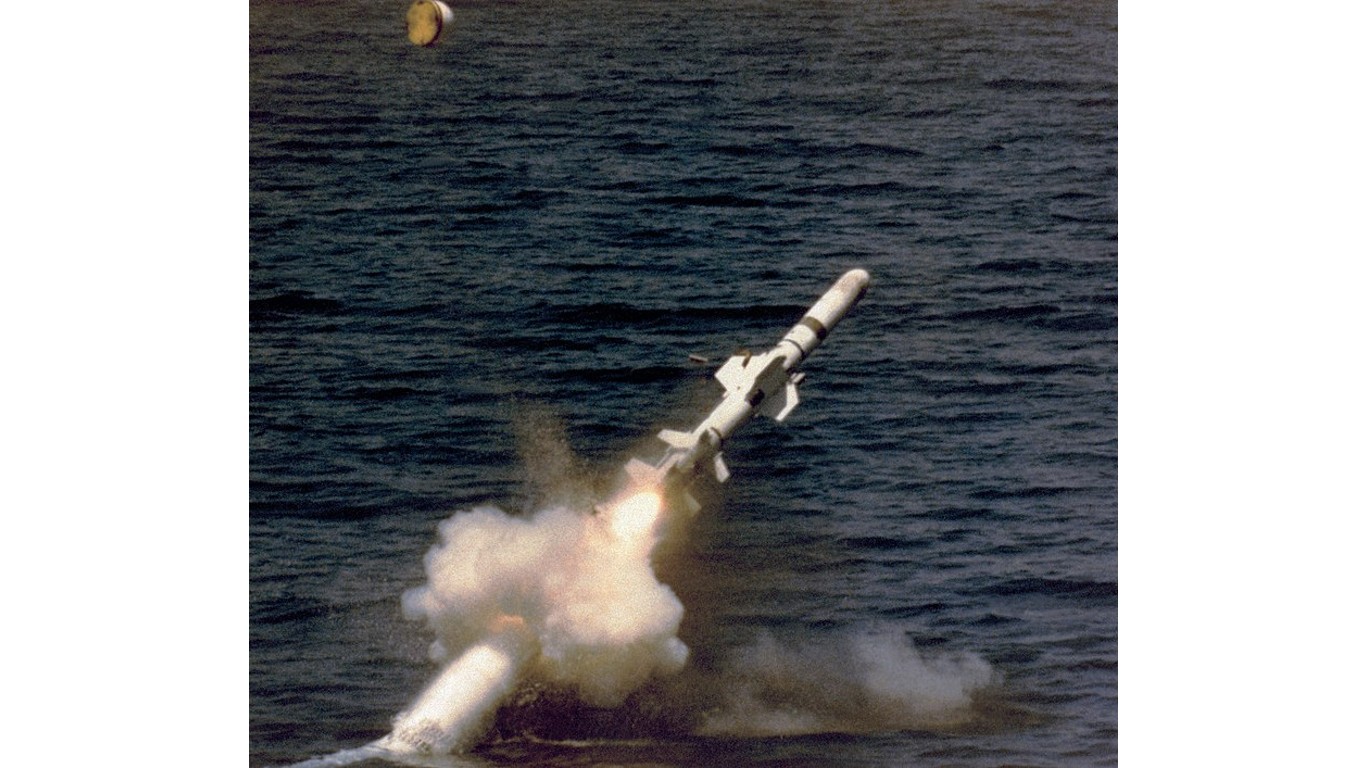
What’s next for the United States’ underwater navy? The Columbia-class submarine.
The Columbia-class is an upcoming class of submarine designed to replace the Ohio-class submarines as the nuclear-powered ballistic missile submarines. The United States began constructing the new class in October of 2020 with the first one scheduled to begin service in 2031. In 2022, the Navy announced that this first boat would be named the USS District of Columbia.
There are a total of 12 Columbia-class submarines planned for construction, each capable of carrying 16 missiles and each carrying one Trident II ballistic missile. They will be 560 feet long and 43 feet in diameter, making them as long as the previous Ohio-class submarines but one foot larger in diameter.
Credit card companies are at war. The biggest issuers are handing out free rewards and benefits to win the best customers.
It’s possible to find cards paying unlimited 1.5%, 2%, and even more today. That’s free money for qualified borrowers, and the type of thing that would be crazy to pass up. Those rewards can add up to thousands of dollars every year in free money, and include other benefits as well.
We’ve assembled some of the best credit cards for users today. Don’t miss these offers because they won’t be this good forever.
Flywheel Publishing has partnered with CardRatings for our coverage of credit card products. Flywheel Publishing and CardRatings may receive a commission from card issuers.
Thank you for reading! Have some feedback for us?
Contact the 24/7 Wall St. editorial team.